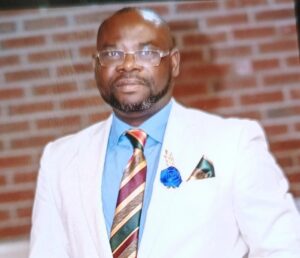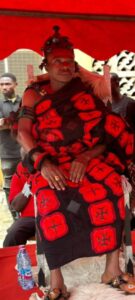
Early Career
Gates enrolled at Harvard University in the fall, originally thinking of a career in law. But his freshman year saw him spend more of his time in the computer lab than in class. Gates did not really have a study regimen. Instead, he could get by on a few hours of sleep, cram for a test, and pass with a reasonable grade.
Gates remained in contact with Paul Allen who, after attending Washington State University for two years, dropped out and moved to Boston, Massachusetts, to work for Honeywell. In the summer of 1974, Gates joined Allen at Honeywell.
During this time, Allen showed Gates an edition of Popular Electronics magazine featuring an article on the Altair 8800 mini-computer kit. Both boys were fascinated with the possibilities this computer could make toward personal computing. The Altair was made by a small company in Albuquerque, New Mexico, called Micro Instrumentation and Telemetry Systems (MITS).
Gates and Allen contacted the company proclaiming they were working on a BASIC software program that would run the Altair computer. In reality, they didn’t have an Altair to work with or the code to run it. But they wanted to know if MITS was interested in someone developing such software. MITS was, and its president Ed Roberts asked the boys for a demonstration.
Gates and Allen scrambled, and spent the next two months writing the software at Harvard’s computer lab. Allen traveled to Albuquerque for a test run at MITS, never having tried it out on an Altair computer. It worked perfectly. Allen was hired at MITS and Gates soon left Harvard to work with him, much to his parents’ dismay.
In 1975, Gates and Allen formed a partnership they called Micro-Soft, a blend of “micro-computer” and “software.” Microsoft (Gates and Allen dropped the hyphen in less than a year) started off on shaky footing. Though their BASIC software program for the Altair computer netted the company a fee and royalties, it wasn’t meeting their overhead.
Microsoft’s BASIC software was popular with computer hobbyists who obtained pre-market copies and were reproducing and distributing them for free. According to Gates’ later account, only about 10 percent of the people using BASIC in the Altair computer had actually paid for it.
At this time, much of the personal computer enthusiasts were people not in it for the money. They felt the ease of reproduction and distribution allowed them to share software with friends and fellow computer enthusiasts. Bill Gates thought differently. He saw the free distribution of software as stealing, especially when it involved software that was created to be sold.
In February of 1976, Gates wrote an open letter to computer hobbyists saying that continued distribution and use of software without paying for it would “prevent good software from being written.” In essence, pirating software would discourage developers from investing time and money into creating quality software.
The letter was unpopular with computer enthusiasts, but Gates stuck to his beliefs and would use the threat of innovation as a defense when faced with charges of unfair business practices.
Gates had a more acrimonious relationship with MITS president Ed Roberts, often resulting in shouting matches.
The combative Gates clashed with Roberts on software development and the direction of the business. Roberts considered Gates spoiled and obnoxious. In 1977, Roberts sold MITS to another computer company, and went back to Georgia to enter medical school and become a country doctor. Gates and Allen were on their own.
The pair had to sue the new owner of MITS to retain the software rights they had developed for Altair.
Microsoft wrote software in different formats for other computer companies and, at the end of 1978, Gates moved the company’s operations to Bellevue Washington, just east of Seattle.
Bill Gates was glad to be home again in the Pacific Northwest, and threw himself into his work. All 25 employees of the young company had broad responsibilities for all aspects of the operation, product development, business development, and marketing.
With his acumen for software development and a keen business sense, Gates placed himself as the head of Microsoft, which grossed $2.5 million in 1978. Gates was only 23. Gates also holds several honorary doctorates from universities throughout the world and an honorary Knight Commander of the Order of the British Empire by Queen Elizabeth II.
In 2006, Gates and his wife were awarded the Order of the Aztec Eagle by the Mexican government for their philanthropic work throughout the world in the areas of health and education.
Source: funyarn.com








